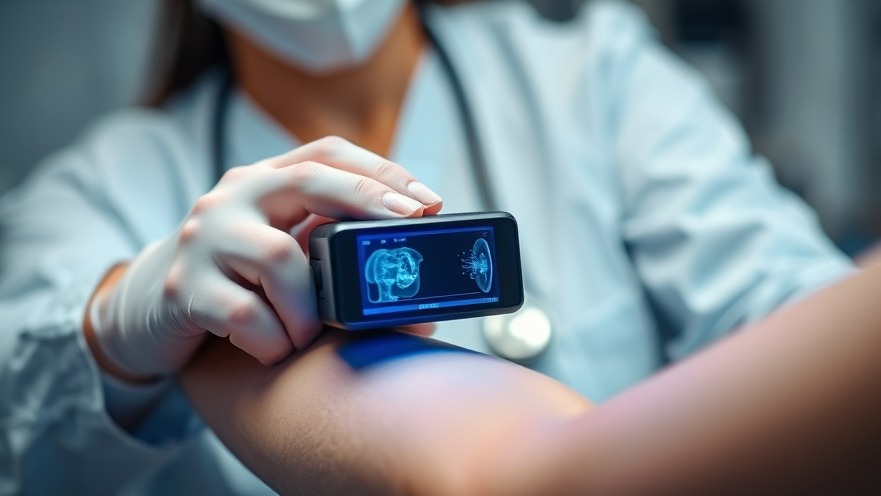
The Evolution of Medical Imaging: Understanding 3D Technologies
In the world of medical imaging, advancements have drastically changed how practitioners visualize and diagnose conditions within the human body. Traditionally, ultrasound technology provided real-time imaging using ultrasonic sound waves. However, its capabilities were significantly limited when it came to understanding the intricate, three-dimensional (3D) structures of tissues and organs.
The advent of MoGLo-Net, a pioneering deep learning model developed by researchers at Pusan National University, is set to revolutionize this field. By leveraging artificial intelligence (AI), this new model enhances handheld 3D medical imaging in a cost-effective and efficient manner.
How MoGLo-Net Works: A Technological Breakthrough
MoGLo-Net addresses the age-old challenge of tracking the motion of ultrasound transducers without the need for bulky external sensors. Instead, it smartly utilizes tissue speckle data to estimate transducer motion. This brings several key advantages:
Real-time tracking: Using sequences of ultrasound B-mode images, MoGLo-Net dynamically calculates motion, granting an immediate view of physiological changes.
3D visualization from 2D scans: By stitching together 2D images, the model creates a comprehensive 3D representation of the scanned area, enabling medical professionals to make more informed decisions.
Simplification for practitioners: The user-friendly nature of MoGLo-Net means that doctors can focus on diagnosis and treatment instead of navigating complicated sensor setups.
The Benefits of Enhanced Imaging in Patient Care
As healthcare practitioners, understanding the significance of cutting-edge technology like MoGLo-Net is vital. The enhanced imaging capabilities allow for:
Improved accuracy: Better visualization leads to more precise diagnoses and treatment plans, crucial for procedures like biopsies and injections.
Increased safety: With more accurate imaging, the risk of complications during guided procedures is significantly reduced.
Greater efficiency: Time saved during diagnostic processes leads to quicker treatment decisions and better resource management within practices.
Future Trends in Medical Imaging: A Glimpse Ahead
With advancements like MoGLo-Net paving the way, future trends in medical imaging are likely to lean towards enhanced integration of AI technology. The potential of AI to automate tasks prompts a rethink of how practitioners will engage with imaging technology:
Increased automation: As systems evolve, we might see machines that not only analyze but interpret imaging data, providing real-time insights to physicians.
Better accessibility: Reduced costs and simplified systems could mean that advanced imaging becomes accessible to more healthcare facilities, particularly in remote or underserved areas.
A shift in training: Medical training programs may adapt to emphasize interpretation of AI-generated imaging, creating an entirely new skill set for healthcare professionals.
Conclusion: Embracing New Technologies for Patient Benefit
As the medical community continues to embrace innovations like MoGLo-Net, the potential for improved patient care becomes clear. Understanding these technologies and their applications is essential for health practitioners aiming to provide the best outcomes for their patients.
It's critical that as health practitioners, we stay informed and adaptable to these changes in technology. By doing so, we not only enhance our professional practices but also ultimately enhance the quality of care we provide.
 Add Row
Add Row  Add
Add 




Write A Comment